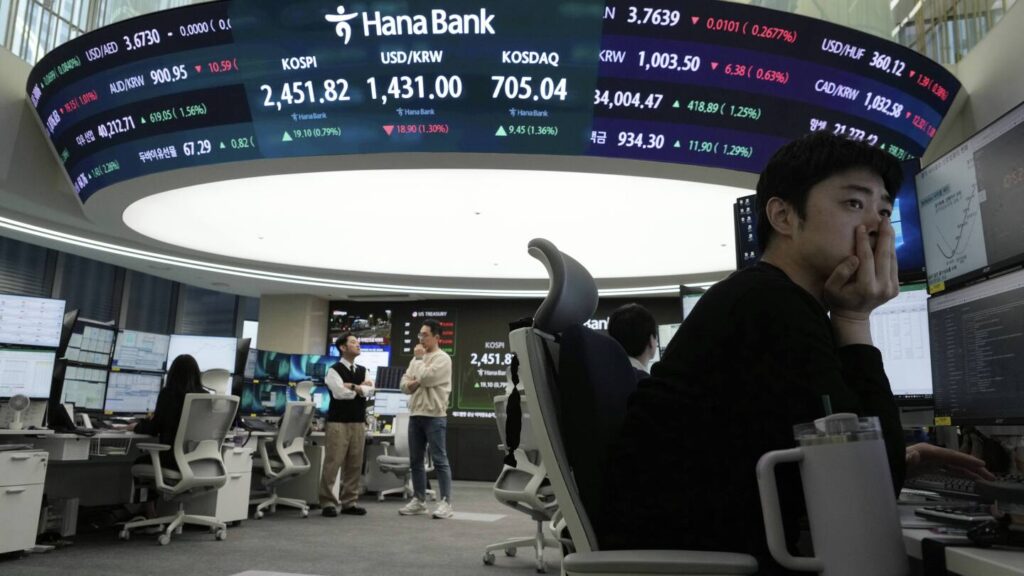Global markets experienced a rise following President Trump’s apparent easing of tariffs, coupled with a calming effect within the U.S. bond market. Despite this positive sentiment, the Trump administration continued to explore additional tariffs on imports like pharmaceuticals and computer chips, citing national security concerns. European markets responded positively, with France’s CAC 40 and Germany’s DAX posting gains. In Asia, Japan’s Nikkei 225 surged, driven by strong performances from automakers like Toyota and Honda, as well as tech giant Sony.
On Wall Street, the S&P 500, Dow, and Nasdaq all climbed, fueled by Trump’s exemptions on electronics from certain tariffs and hints at potential tariff pauses for the auto industry. However, the administration emphasized that these exemptions are temporary. Energy trading saw minor fluctuations, with U.S. crude and Brent crude prices dipping slightly. Currency markets saw the U.S. dollar weakening against the Japanese yen.
Market analyst Stephen Innes likened the White House’s approach to “whack-a-mole” diplomacy, characterized by a mix of policy shifts and reprieves. The article highlights the intricate dance of market dynamics influenced by geopolitical decisions and trade policies, showcasing the interconnectedness of global economies. Despite uncertainties surrounding tariff implementations, investors remain vigilant amidst the fluctuating landscape of international trade relations.

